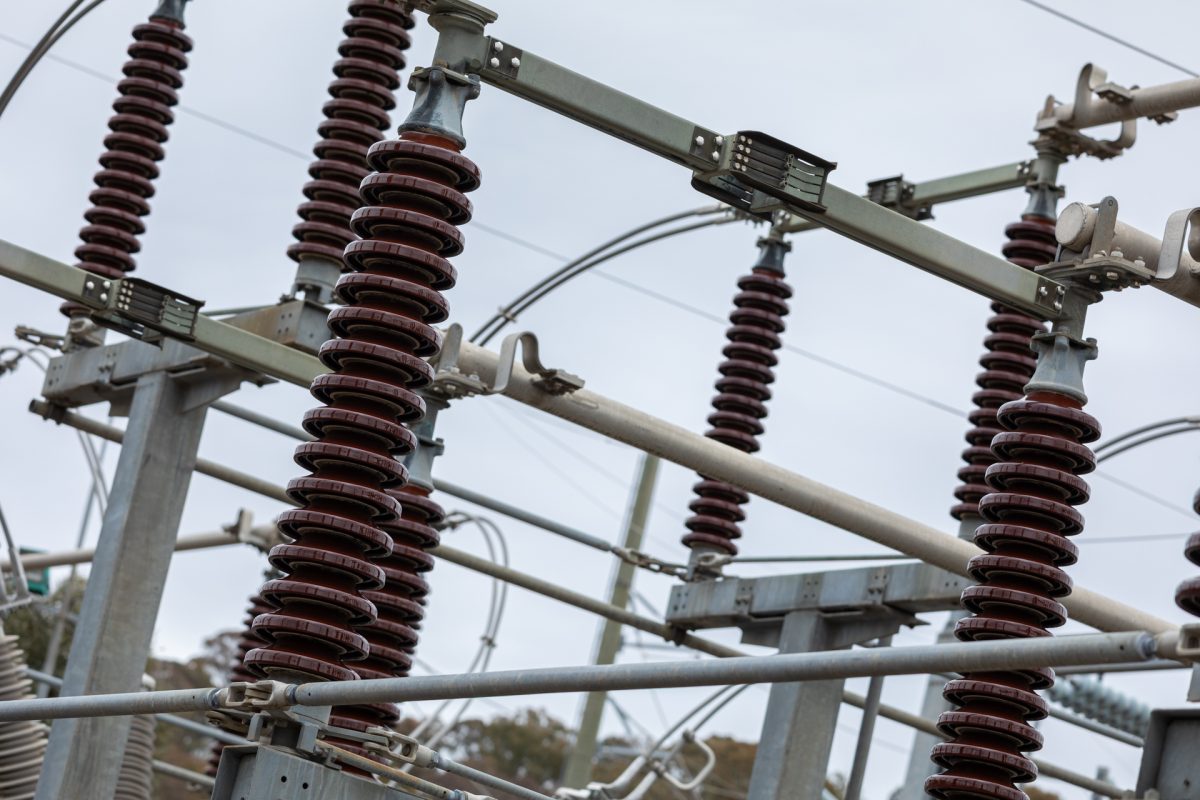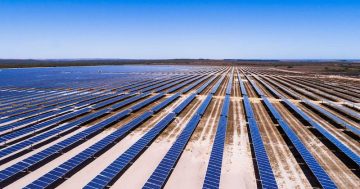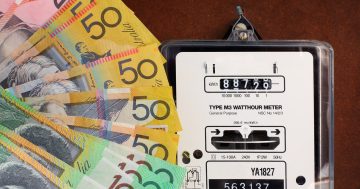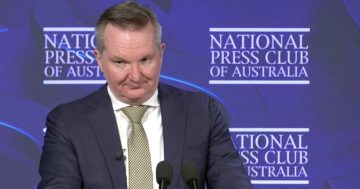
Household energy prices could halve by 2050, says think tank the Grattan Institute. Photo: Michelle Kroll.
Household energy prices are on track to halve by 2050 due to the increasing use of solar panels and electric cars, and less reliance on petrol and gas. This means stronger policies can be put in place now to cut carbon emissions in the electricity sector without hurting power bills.
That’s according to the latest report from the Grattan Institute, which says there is plenty of “policy room” for the Federal Government to act strongly over carbon emissions by expanding the Safeguard Mechanism to electricity.
The Safeguard Mechanism is the government’s policy for reducing emissions at Australia’s largest industrial facilities.
It sets legislated limits, known as baselines, on the greenhouse gas emissions and applies to industrial facilities emitting more than 100,000 tonnes of carbon dioxide equivalent per year.
These include the mining, oil and gas production, manufacturing, transport, and waste facilities sectors.
But it applies to the electricity sector in a different way, with individual grid-connected electricity generators not covered.
The Grattan Institute says this should be changed, and with the Safeguard Mechanism up for review next year, it presents the perfect time to act.
Modelling in the institute’s just-released report, Bills down, emissions down: A practical path to net-zero electricity, shows that cutting greenhouse gas emissions from electricity in line with the net-zero 2050 national target results in average household energy bills almost halving by that deadline.
Average annual household energy bills (including petrol, electricity and gas) would drop across Australia to about $3,000 in 2050, down from the current average of about $5,800.
These savings come about because most households in 2050 will have solar panels on their roof, a battery in the shed, an electric car in the garage, and all-electric appliances in the home.
The report’s lead author, Alison Reeve, who is the Grattan Institute’s energy and climate change program director, said activating the Safeguard Mechanism to reduce emissions in the electricity sector would complement the policies already in place in other sectors.
“How we use energy is changing, and the politics of carbon pricing should change too,” she said.
“For too long, federal governments of both political colours have avoided pricing carbon because they fear higher electricity prices.
“Our report shows that the source of that fear is becoming outdated.
“The benefits of the energy transition can outweigh the costs – so our political leaders can and should take decisive action now to cut future emissions to help tackle climate change.
“Carbon pricing can play a constructive role in the electricity sector in the coming decades, just as it does already in the industrial, mining, and transport sectors.”
The report suggests that without a constraint on electricity emissions, Australia will find it difficult to meet its emissions reduction targets.
Left to its own devices, the electricity sector will continue to decarbonise, but not fast enough.
“Expanding the Safeguard Mechanism – a federal government policy which already constrains greenhouse gas emissions from big industry – to the electricity sector could solve this problem,” the report states.
This shouldn’t mean a big jump in household energy bills, the institute says, because they are already on track to halve by 2050 as more people move away from using petrol and gas.
Constraining electricity emissions through the Safeguard Mechanism would only slightly shave those savings.
The modelling finds that, with no policy change, the average annual household energy bill in 2050 would be about $2,900 – down from about $5,800 today.
With a binding policy to reduce electricity emissions in line with the national target of net-zero emissions, the average household energy bill in 2050 would be about $3,000.
Emissions reduction targets would be met, and households would still be about $2,800 better off than they are today, according to the report.
The fear with pricing carbon is that it will lead to higher electricity prices. However, the world has changed since Australia last debated carbon pricing, making that fear and assumption far less valid.
Renewable power has grown from 11 per cent of total electricity generation in 2008 to 36 per cent in 2024.
The cost of wind power has fallen by 25 per cent, the cost of solar by 88 per cent, and batteries and storage have become realities.
Introducing a carbon constraint into the electricity sector would increase Australia’s chances of finding the least-cost road to net zero, and could be done without hurting households, the report states.
Original Article published by Chris Johnson on Region Canberra.













